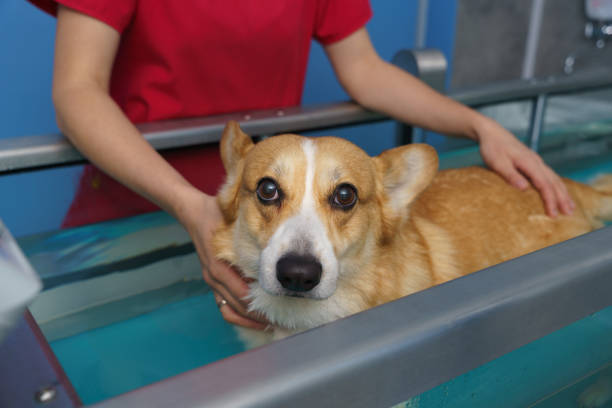Balanced Nutrition Strategies for Different Life Stages
Balanced nutrition supports growth, activity, recovery, and longevity in companion animals. Tailoring feeding plans to life stages—from neonates and juveniles through adulthood to senior years—helps maintain wellbeing, manage weight, support behavior and training outcomes, and reduce veterinary risks. This article outlines practical strategies that complement enrichment, hydration, exercise, grooming, and preventive care.

Every life stage brings different nutritional priorities for pets, and an effective strategy combines diet, routine, and broader wellbeing practices. Young animals need nutrient-dense food for development, adults require maintenance diets to support activity and body condition, and seniors often benefit from adjusted calorie, fiber, and protein balances to preserve muscle and joint health. Consistent hydration, monitored weight, and coordinated veterinary guidance make nutritional plans safer and more effective across the lifespan.
This article is for informational purposes only and should not be considered medical advice. Please consult a qualified healthcare professional for personalized guidance and treatment.
Nutrition across life stages
Puppies, kittens, and other juveniles demand higher calories per pound and appropriate ratios of protein, fat, calcium, and phosphorus for healthy growth. Transitioning to adult formulas typically occurs after growth plates close or as advised by your veterinarian. Adult animals need balanced macronutrients to support activity and prevent excess weight, while senior diets often reduce calories, increase joint-supporting nutrients, and adjust digestibility. Regularly reassess portion sizes and body condition to avoid obesity or nutrient deficits, and incorporate preventive plans when underlying health issues arise.
Hydration and feeding routines
Hydration is critical at every stage: free access to clean water supports digestion, thermoregulation, and urinary health. Feeding frequency changes with age—multiple small meals for young animals help steady blood glucose; adult pets usually thrive on two meals daily; seniors may prefer smaller, more frequent portions. Wet food can aid hydration and may be easier for older animals with dental changes. Monitor water intake for sudden increases or decreases, as these can indicate medical concerns requiring veterinary attention.
Exercise and training adjustments
Exercise and training interact closely with nutrition. Growing animals require controlled exercise to protect developing joints, while training sessions benefit from appropriately timed, small high-value treats to reinforce behavior without excessive calories. Adult pets need activity levels matched to breed and temperament to maintain muscle and metabolic health. Seniorcare often focuses on low-impact exercise that preserves mobility and supports appetite. Coordinate caloric intake with activity levels to maintain an ideal body condition score.
Socialization, behavior, and enrichment
Nutrition influences behavior and how pets respond to socialization and enrichment. Hunger, sudden diet changes, or nutrient imbalances can affect mood, focus during training, and social interactions. Use feeding and puzzle feeders as enrichment tools to stimulate mental activity and reduce boredom-related behavior problems. When introducing new family members or during adoption transitions, maintain consistent feeding locations and schedules to reduce stress and support smoother socialization.
Veterinary, preventive care, and grooming
Routine veterinary check-ups are essential to align nutrition with preventive care and detect age-related issues early. Vaccination visits or dental grooming appointments are good opportunities to review diet, supplements, and hydration. Some conditions—such as kidney disease, diabetes, or dental disease—require specialized diets; follow veterinary recommendations and ask about possible interactions with supplements. Grooming and coat condition often reflect nutritional status, so changes in shininess or skin health can prompt dietary reassessment.
Adoption, safety, grooming, and emergency readiness
When adopting or rescuing animals, obtain diet history to ease transitions and avoid digestive upset, then gradually shift to a new diet if needed. Ensure safety by storing food securely to prevent scavenging and accidental ingestion of nonfood items. Keep emergency food and hydration supplies available and note any food allergies or sensitivities for caregivers. Regular grooming can reveal lumps, weight changes, or mobility concerns that relate to diet and seniorcare needs; include these observations in veterinary follow-ups.
Conclusion Balanced nutrition across life stages is a dynamic process that integrates portion control, hydration, appropriate macronutrient composition, and adjustments for growth, activity, or age-related changes. Combining dietary planning with enrichment, exercise, training, grooming, and preventive veterinary care supports behavior and overall wellbeing. Regular monitoring and open communication with your veterinary team help ensure nutritional choices remain appropriate as pets move through each life stage.





